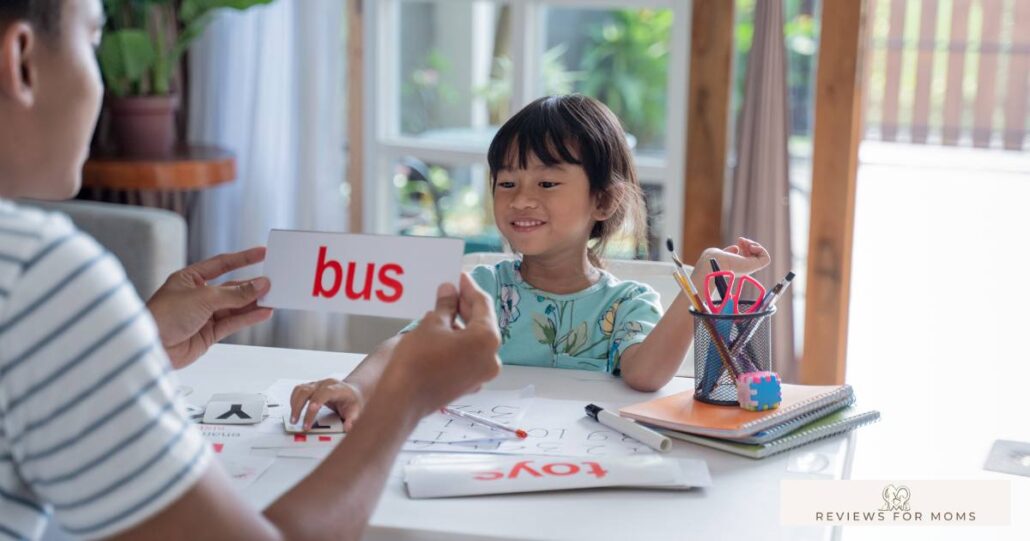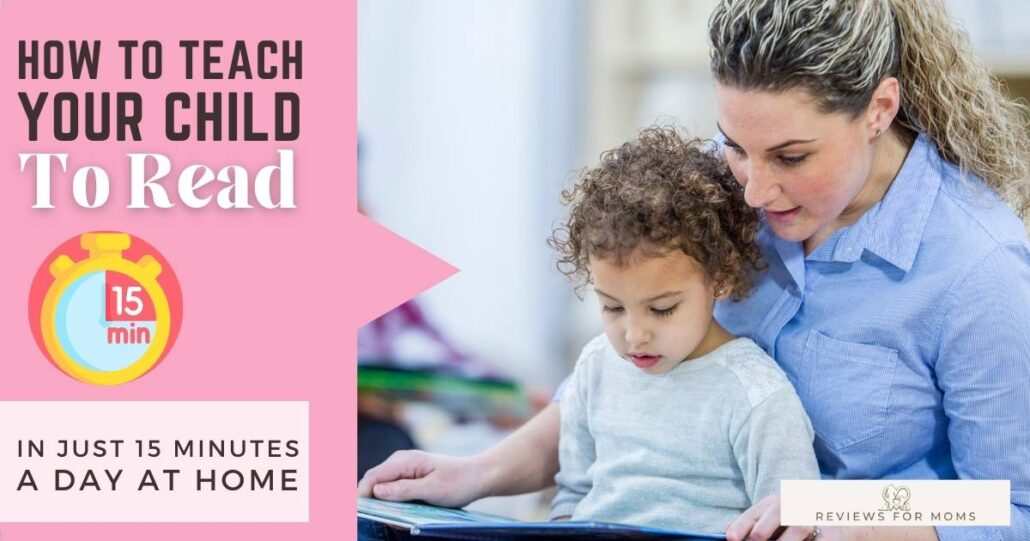Discover engaging rhyming games and activities for children that boost phonemic awareness and develop essential reading skills in a fun and interactive way.
Table of Contents
As a mother who witnessed her daughter’s early reading abilities at the age of two, I can’t help but feel proud and excited about her future. One of the key factors that contributed to her early reading success was engaging her in rhyming games and activities.
Rhyming helps children develop phonemic awareness, an essential skill for successful reading. In this blog post, I’ll share some of my favorite rhyming games and activities to help your child develop this crucial skill too.
Why Rhyming Games and Activities are Important
Rhyming games and activities play a significant role in phonemic awareness. They teach children to recognize and manipulate the sounds in words, which is a critical skill for learning to read.
Rhyming activities also help children develop their listening skills, oral language development, and phonics abilities. Learn more about the importance of phonemic awareness here.
Fun Rhyming Activities for Children
1. Rhyming Memory Game

A rhyming memory game is a simple yet effective way to introduce rhyming to your child. To play, create a set of rhyming word cards, ensuring that each card has a matching rhyme. Mix up the cards and lay them face down.
Then, have your child turn over two cards at a time, trying to find the rhyming pairs. This game helps improve memory while reinforcing the concept of rhyming.
2. Rhyme Hopscotch

Transform hopscotch into a rhyming activity by writing rhyming words on the hopscotch squares. Encourage your child to hop on the squares and say the rhyming words as they go.
This fun, physical activity is an excellent way to engage young learners and build phonemic awareness.
3. Rhyming Bingo

Rhyming bingo is an exciting twist on the classic game. Create bingo cards with pictures of objects that have corresponding rhyming words.
Call out the rhyming words and have your child place a marker on the matching picture. This game encourages children to listen carefully and identify rhymes.
4. Sing Rhyming Songs

Songs are a fantastic way to introduce rhyming to your child. Classic nursery rhymes like “Humpty Dumpty” and “Twinkle, Twinkle, Little Star” are full of rhyming words.
Singing these songs with your child can help them become more familiar with the concept of rhyming. Check out these oral language development activities for more ideas.
5. Rhyme and Clap

The rhyme and clap game is a fun and interactive way to explore rhyming words. Choose a word and ask your child to think of a word that rhymes with it.
Then, clap out the syllables of both words together. This activity combines rhyme recognition with syllable awareness, making it a valuable exercise for young readers.
How to Incorporate Rhyming Activities into Your Child’s Routine
Incorporating rhyming activities into your child’s daily routine is simple. You can play rhyming games while driving, during mealtime, or even during bath time.
The key is to make rhyming a fun and enjoyable experience for your child. Discover more multisensory approaches for teaching phonics here.
Integrating Rhyming Activities Seamlessly into Your Child’s Routine
Incorporating rhyming activities into your child’s daily routine can be easy and enjoyable. With a little creativity and consistency, you can make rhyming a natural part of their day.
Here are some practical suggestions on how to integrate rhyming activities into your child’s routine:
Morning and Bedtime Routines
As you go about your morning and bedtime routines, include rhyming songs or recite nursery rhymes together. For example, while brushing teeth or getting dressed, sing a simple rhyming song or say a rhyme that incorporates the activity.
This will make the routine more engaging and fun while reinforcing the concept of rhyming.
During Meals
Mealtime is an excellent opportunity to engage your child in rhyming activities. You can create rhyming word riddles or play a simple “I Spy” game by choosing an object at the table and asking your child to find a word that rhymes with it.
This not only makes mealtime more enjoyable but also helps to build their rhyming skills.
Outdoor Play
While playing outside, incorporate rhyming games like rhyme hopscotch or create a scavenger hunt with rhyming clues. You can also make up silly rhyming chants as you walk or play, encouraging your child to join in and come up with their own rhymes.
Reading Time
Choose books that feature rhyming text, such as Dr. Seuss classics or other fun, rhythmic stories. As you read together, pause occasionally to point out the rhyming words or ask your child to identify them.
You can also create your own rhyming stories or make up rhyming sentences using the illustrations in the book as inspiration.
Screen Time
When allowing your child some screen time, opt for educational videos or apps that focus on rhyming and phonemic awareness. These interactive resources can help reinforce the concept of rhyming while keeping your child engaged and entertained.
Family Game Night
Incorporate rhyming games like rhyming bingo or rhyme memory into your family game night. This not only provides a fun bonding experience but also helps your child practice their rhyming skills in a relaxed, enjoyable setting.
By integrating rhyming activities into your child’s daily routine, you’ll create a natural learning environment that fosters their love for language and reading. Remember to keep the activities fun and engaging to ensure that your child stays interested and excited about rhyming.
Conclusion: Engaging Rhyming Games and Activities for Children
Rhyming games and activities are a fantastic way to help your child develop essential reading skills. By engaging in these fun and interactive games, your child will build their phonemic awareness, listening skills, and oral language development.
As a mother who experienced firsthand the benefits of rhyming games for her daughter, I can’t recommend them enough.
Investing time and effort into nurturing your child’s love for rhyming and reading will undoubtedly pay off in the long run. Remember to keep it fun, engaging, and enjoyable for both you and your child.
Happy rhyming!
Frequently Asked Questions: Engaging Rhyming Games and Activities for Children
At what age should I start teaching my child rhyming games and activities?
You can start introducing rhyming games and activities as early as two or three years old. However, it’s essential to adapt the games and activities to suit your child’s developmental stage and interests.
How do rhyming games and activities improve reading skills?
Rhyming games and activities help children develop phonemic awareness, which is the ability to recognize and manipulate the sounds in words. This skill is crucial for learning to read, as it helps children decode and blend words.
My child doesn't seem interested in rhyming games. What can I do?
Try introducing rhyming games and activities in a more playful and engaging way. You can also incorporate rhyming into your child’s favorite activities, like playing with toys or reading books together.
Are there any resources available to help teach rhyming games and activities?
Yes, there are plenty of resources available online, such as reviewsformoms.com, where you can find articles, videos, and printable materials to help you teach your child rhyming games and activities.
How often should I engage my child in rhyming games and activities?
Incorporate rhyming games and activities into your child’s routine as often as possible. Aim for at least a few minutes every day, gradually increasing the time as your child becomes more interested and skilled in rhyming.
Exploring More Rhyming Resources
If you’re looking for even more rhyming games and activities to engage your child, there are countless resources available online to help you. Reputable websites such as Reading Rockets offer a wealth of information and activities to support your child’s literacy development, including rhyming games.
By exploring these resources, you’ll find a variety of creative and fun ways to incorporate rhyming into your child’s learning experience, further supporting their journey towards becoming a confident reader.


